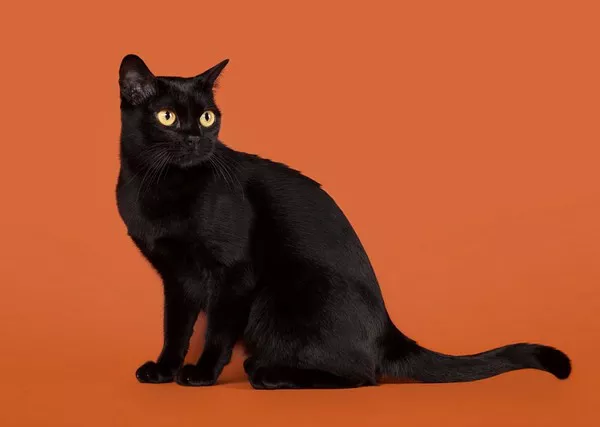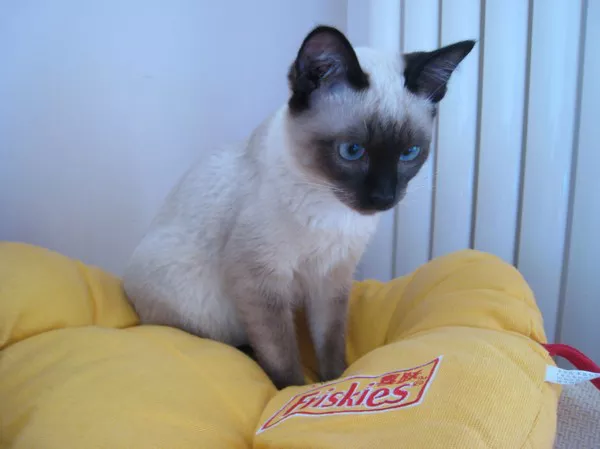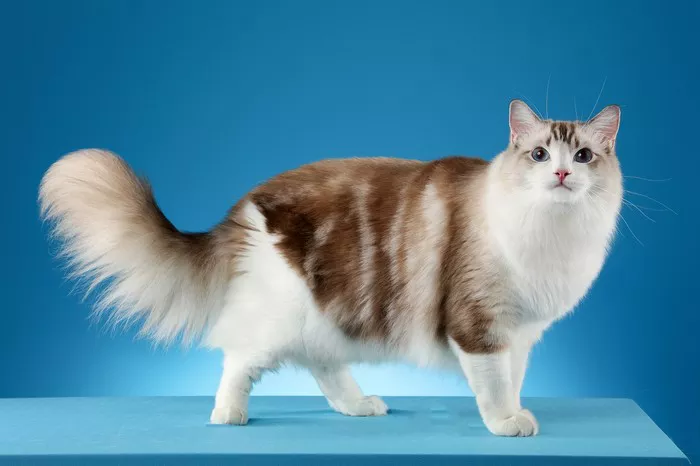Cats have a myriad of charming and sometimes perplexing behaviors, and one of the most endearing is kneading. If you’re a cat owner, you’ve likely observed your feline friend rhythmically pushing and flexing their paws against a soft surface, like your lap or a cozy blanket. But what’s the meaning behind this common feline behavior? In this article, we’ll delve into the world of kneading, exploring the reasons behind it and its significance in a cat’s life.
Understanding Kneading in Cats
Kneading is a repetitive and rhythmic motion where a cat alternates between pushing their front paws in and out against a soft object or surface. This behavior resembles the kneading of dough, hence the term. While kneading, cats often use their claws to lightly grasp and release the surface they are kneading.
The Origins of Kneading
Kneading is not exclusive to domestic cats; it is observed in all cats, including their wild relatives. In fact, kittens exhibit kneading behavior from a very early age. They knead their mother’s belly to stimulate milk flow while nursing. The motion helps kittens obtain nourishment and creates a bonding experience with their mother.
Why Do Cats Knead?
Kneading serves various purposes, and the reasons behind this behavior can be multifaceted. Here are some of the primary explanations for why cats knead:
Comfort and Contentment: Cats often knead when they are feeling comfortable, relaxed, and content. They may do it while curled up on your lap, a soft blanket, or a plush bed. Kneading can be a sign that your cat feels safe and happy in your presence.
Territory Marking: Cats have scent glands located in the pads of their paws. When they knead, they release scent markers onto the surface they are kneading. This serves as a way for cats to mark their territory, leaving their scent behind as a sign of ownership.
Nostalgia: Some cats may knead as a way of self-soothing or reliving a comforting memory from kittenhood. The action of kneading may remind them of the comforting feeling of nursing from their mother.
Stretching Muscles: Kneading involves the use of a cat’s front leg muscles. Cats may knead to stretch and flex these muscles, helping them stay limber and maintain their physical health.
Stress Reduction: Cats may knead when they are stressed or anxious as a way to self-soothe. The repetitive motion can have a calming effect on them.
Preparation for Rest: Some cats knead before settling down to sleep. It’s as if they are “fluffing up” their chosen sleeping spot to make it more comfortable.
Kneading and Cat Personality
The frequency and intensity of kneading can vary among individual cats. Some cats knead frequently, while others do it less often. Additionally, the intensity of kneading may range from gentle to quite forceful. Here’s how a cat’s personality can influence their kneading behavior:
Outgoing and Affectionate Cats: Cats that are naturally sociable and affectionate may knead more often as a way of expressing their contentment and affection toward their owners.
Shy or Anxious Cats: Shy or anxious cats may knead more as a self-soothing mechanism to alleviate stress and anxiety.
Playful Cats: Some playful cats incorporate kneading into their playtime routines, especially when they are interacting with toys or other cats.
Independent Cats: Cats that value their independence may knead less frequently, as they may not seek as much physical contact or reassurance.
Should You Encourage Kneading?
Kneading is a natural and instinctive behavior for cats, and it is generally a sign that your cat is feeling comfortable and happy. If your cat kneads while sitting on your lap or snuggled beside you, it can be a lovely bonding experience. You can gently pet and stroke your cat while they knead to enhance the sense of connection and relaxation.
However, it’s essential to be mindful of your cat’s comfort and boundaries. Some cats have sensitive paws, and excessive kneading may lead to discomfort or irritation. If your cat kneads too vigorously or if it becomes uncomfortable for you, you can gently redirect their paws or provide a soft blanket or pillow for them to knead instead.
When to Be Cautious
While kneading is a generally harmless and even beneficial behavior, there are some instances where it may indicate an underlying issue:
Excessive Kneading: If your cat suddenly starts kneading excessively, it could be a sign of stress, anxiety, or discomfort. Investigate any changes in their environment or routine that may be causing distress.
Pain or Discomfort: Cats may knead if they are experiencing pain or discomfort in their paws or elsewhere in their body. If your cat’s kneading is accompanied by signs of distress, such as vocalization or limping, consult a veterinarian.
Inappropriate Kneading: Occasionally, cats may knead on surfaces that are not suitable, like furniture or clothing. To discourage this behavior, provide appropriate alternatives like scratching posts or designated blankets.
In Conclusion
Kneading is a natural and charming behavior in cats, rooted in their early kittenhood experiences. While the reasons for kneading can vary from comfort and contentment to territory marking and stress reduction, it’s generally a positive and soothing action. As a cat owner, you can appreciate and enjoy this behavior as a sign of your cat’s happiness and well-being. By understanding your cat’s unique personality and preferences, you can foster a strong and positive bond while respecting their boundaries and comfort level.


























